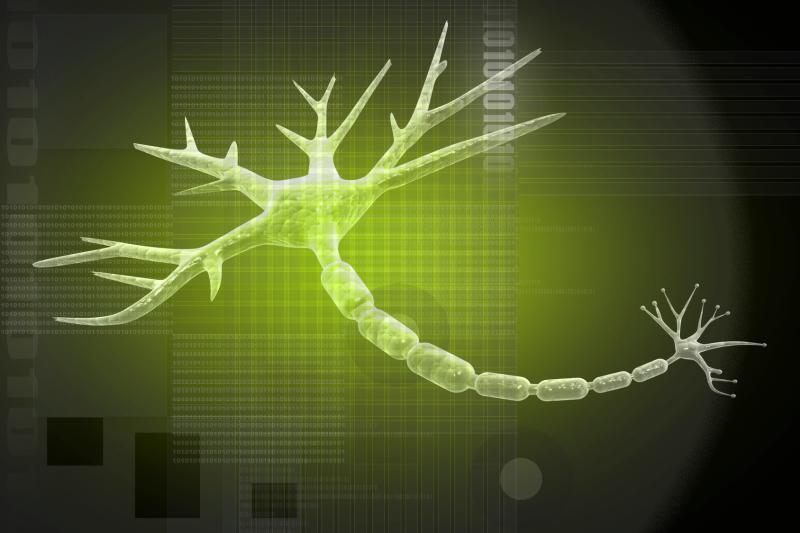
Factors such as the APOE4 allele, age at dementia onset, dementia subtype, and cognition status, among others, appear to influence the risk of late-onset epilepsy among people with cognitive decline, according to a study.
Researchers looked at 44,713 participants from 39 US Alzheimer’s Disease Research Centers. Of these, 14,685 participants (mean age 73.8 years, 50 percent male) who had cognitive decline but no epilepsy and were at least 60 years of age at baseline were included in the analysis.
The primary outcome of late-onset epilepsy was defined at seizures starting at or after 60 years of age. Those who did not have the primary outcome but were 60 years or older at follow-up were designated as controls. The risk of late-onset epilepsy was examined in relation to independent variables such as age, sex, and socioeconomic factors (education, race, ethnicity), cardiovascular risks (hypertension, diabetes, hyperlipidaemia), cerebrovascular disease (stroke or history of transient ischemic attack [TIA]), other neurologic comorbidities (Parkinson disease [PD], traumatic brain injury), cognition (age at dementia onset, dementia severity, type of dementia), genetics (apolipoprotein E4 [APOE4] status), lifestyle (alcohol misuse, smoking), and depression.
Late-onset epilepsy occurred in a total of 221 participants (1.5 percent) during follow-up. Multivariable Cox regression analysis showed that the risk of developing late-onset epilepsy was positively associated with the following factors: APOE4 allele (adjusted hazard ratio [aHR], 1.39, 95 percent confidence interval [CI], 1.04–1.86; p=0.03), dementia onset before age 60 years (aHR, 2.46, 95 percent CI, 1.53–3.95; p<0.001), worse cognition (aHR, 2.35, 95 percent CI, 1.97–2.79; p<0.001), Alzheimer’s disease dementia subtype (aHR, 1.68, 95 percent CI, 1.13–2.49; p=0.01), stroke/transient ischaemic attack (aHR, 2.03, 95 percent CI, 1.37–3.01; p<0.001), and Parkinson’s disease (aHR, 2.53, 95 percent CI, 1.08–5.95; p=0.03).
Sensitivity analysis wherein late-onset epilepsy was defined as occurring after age 65 years yielded consistent results.